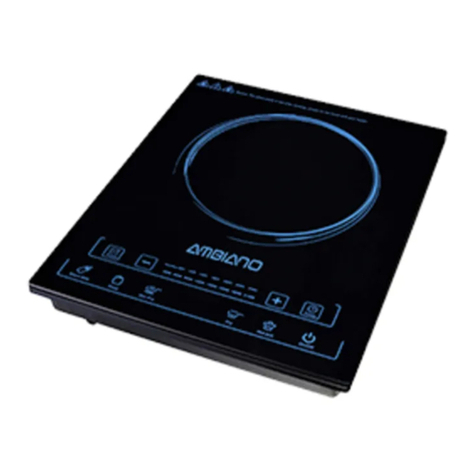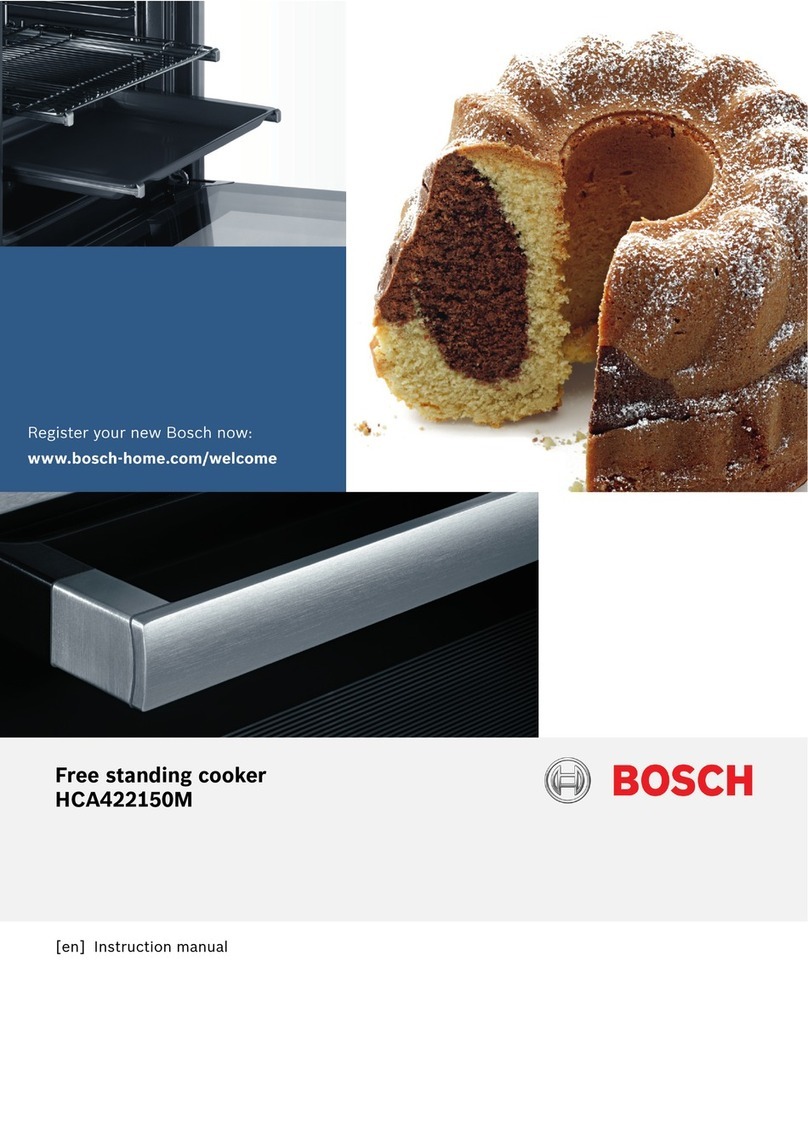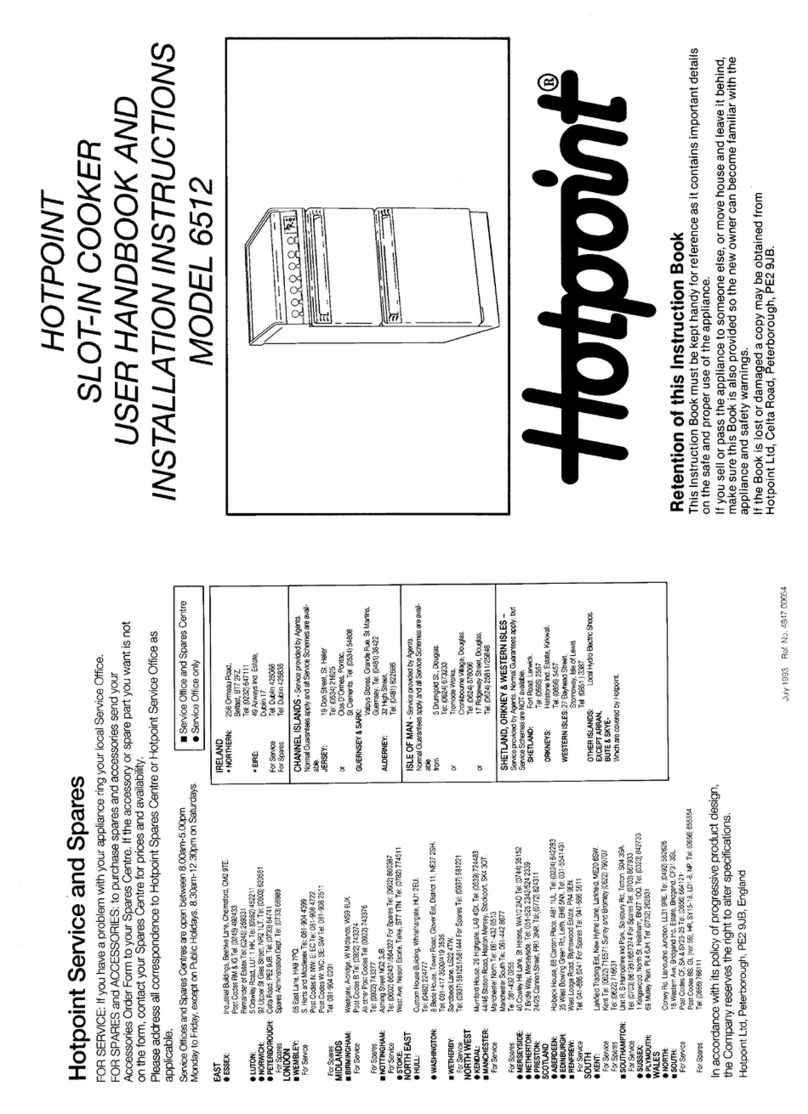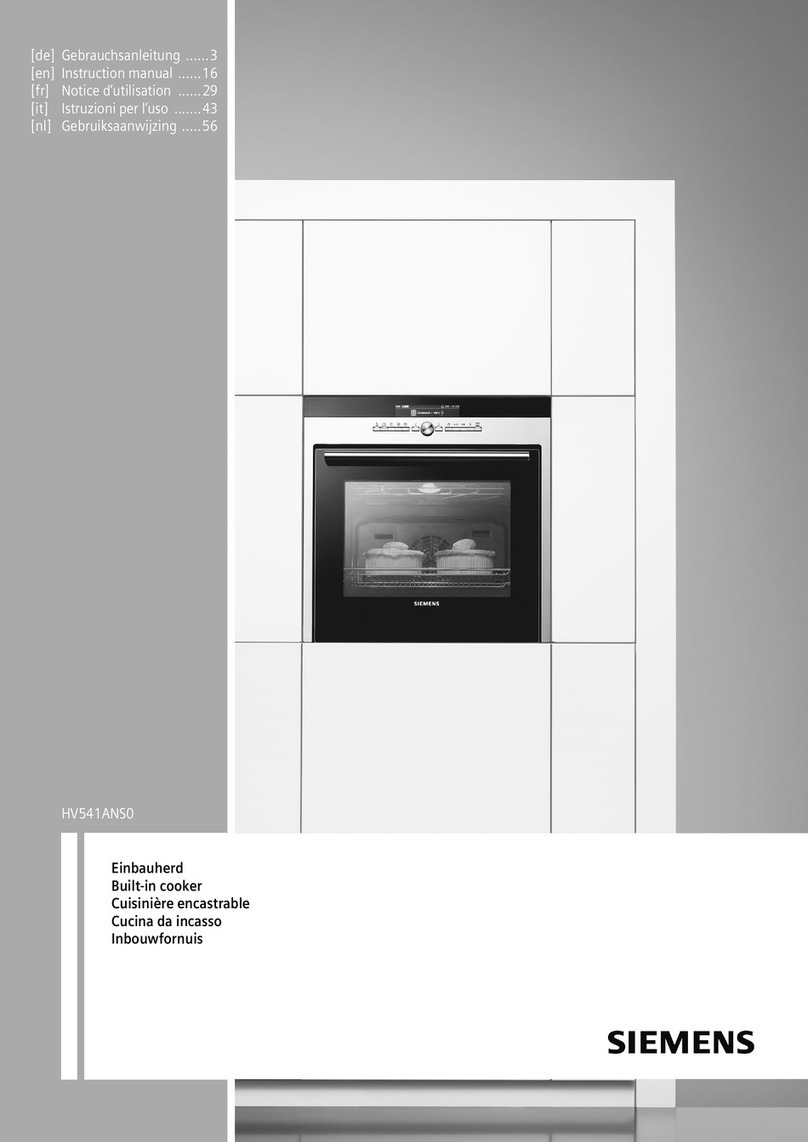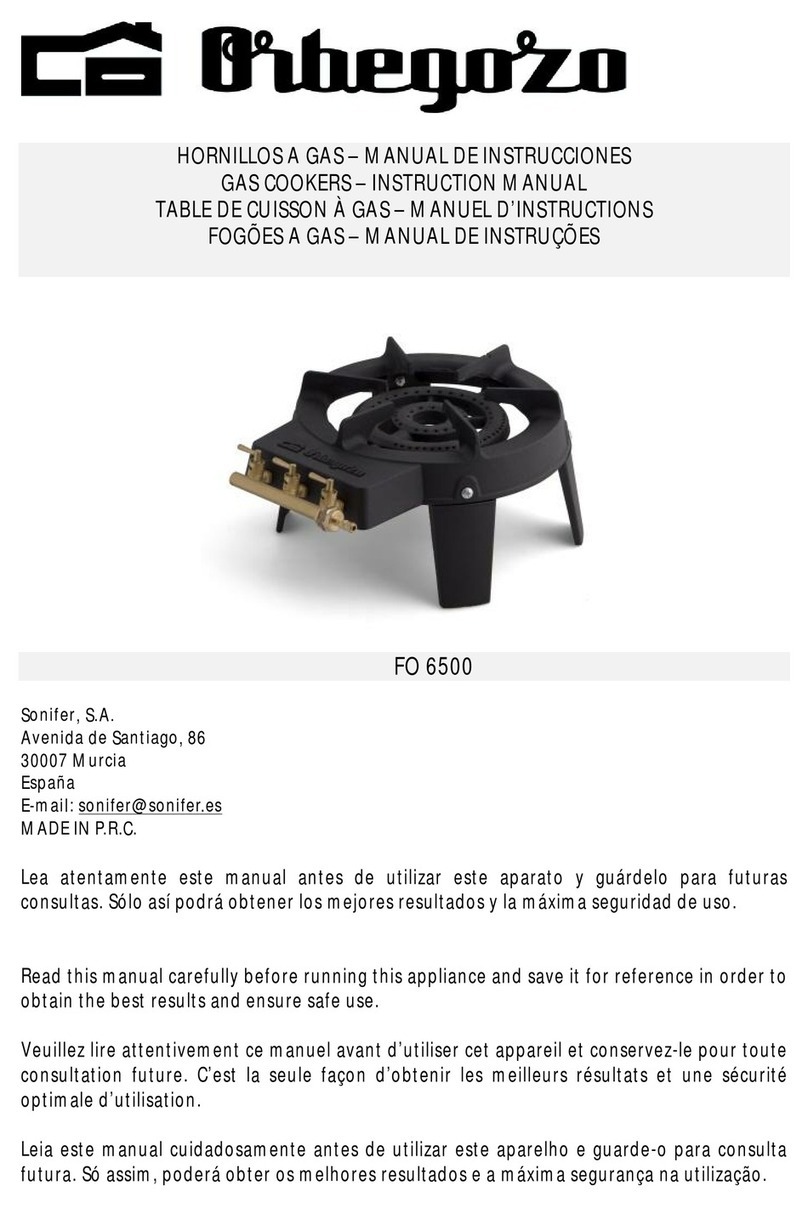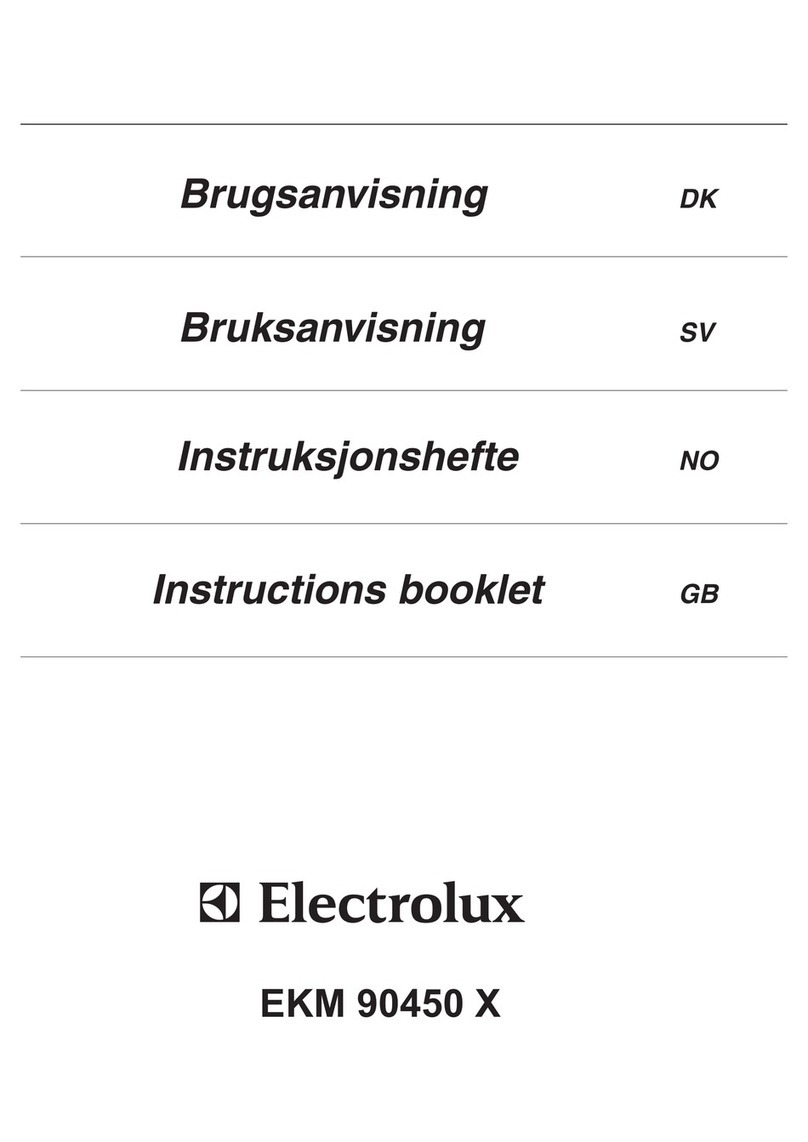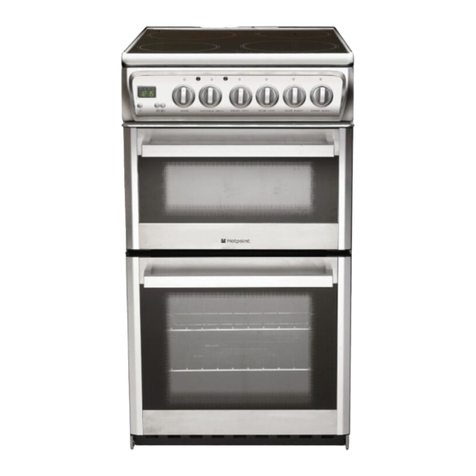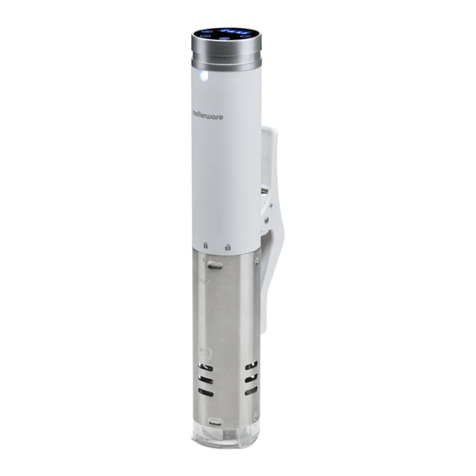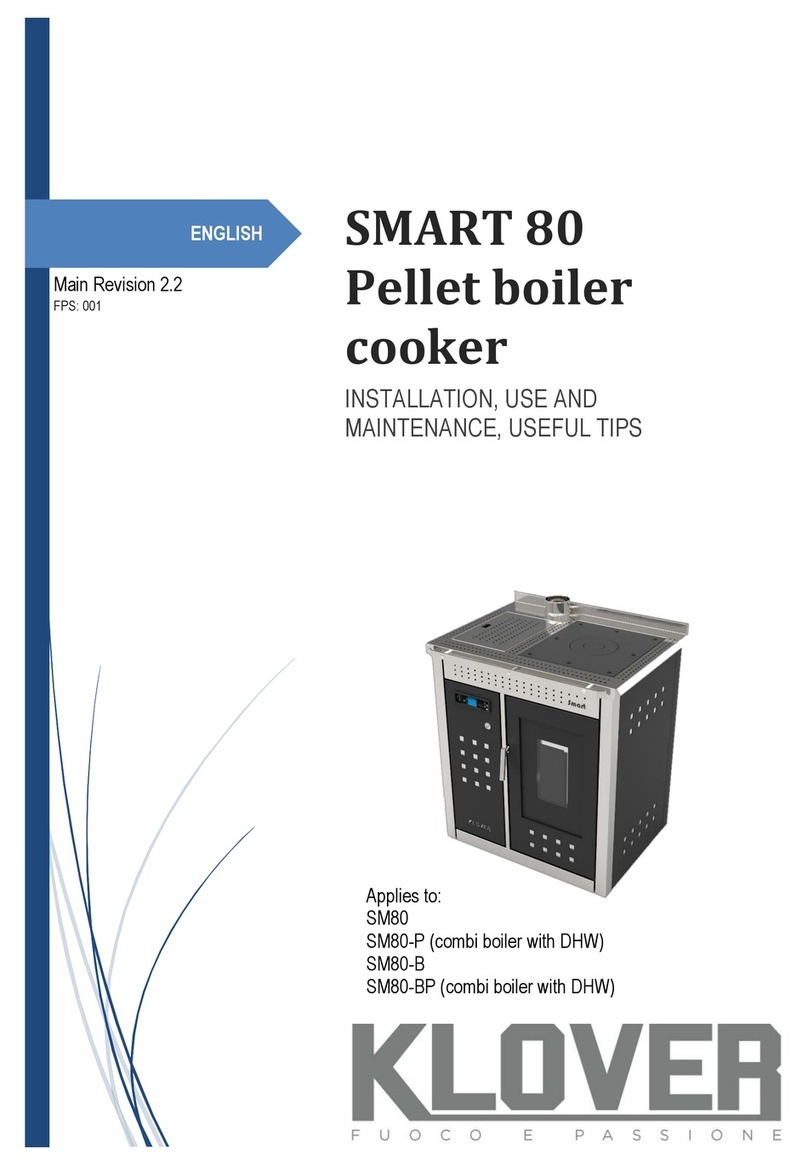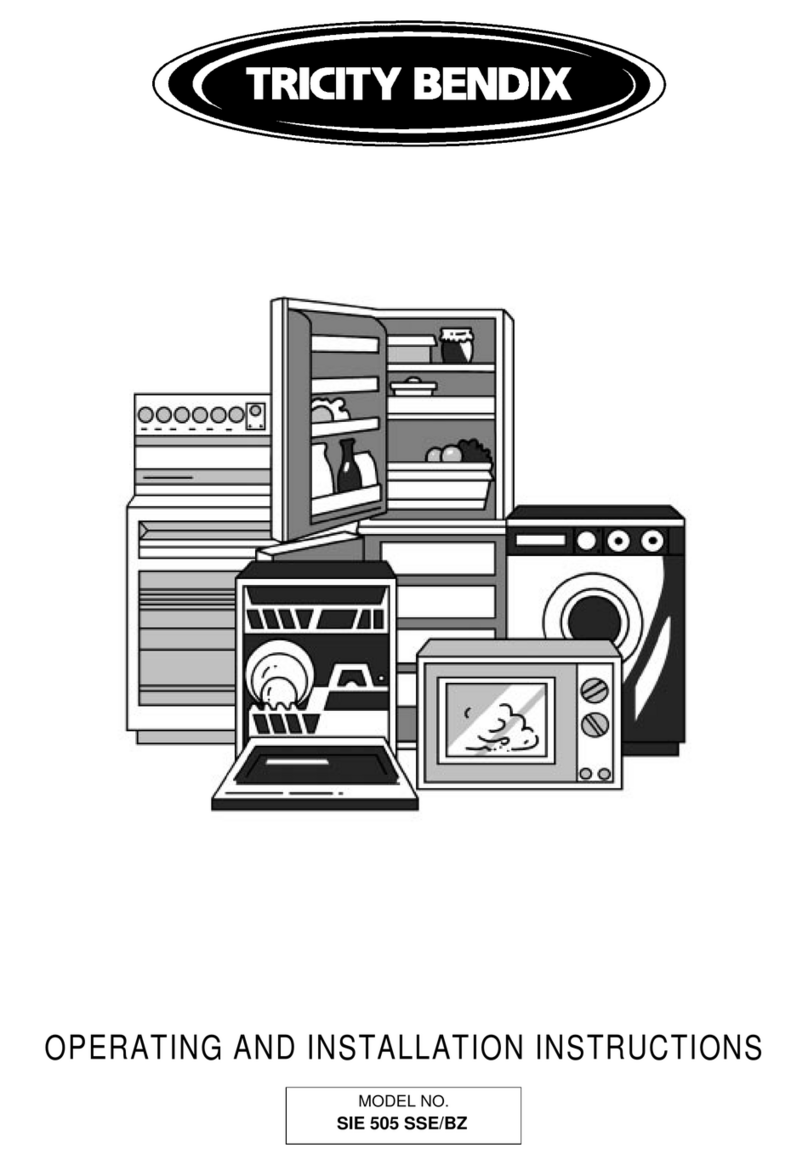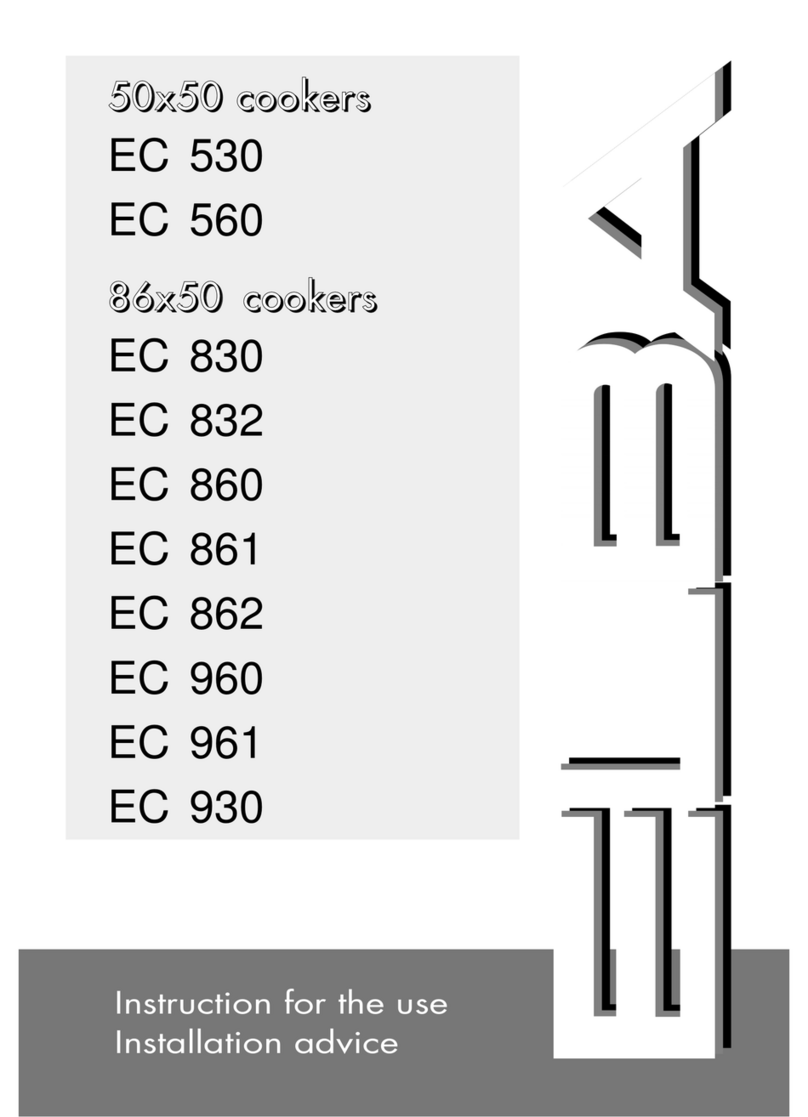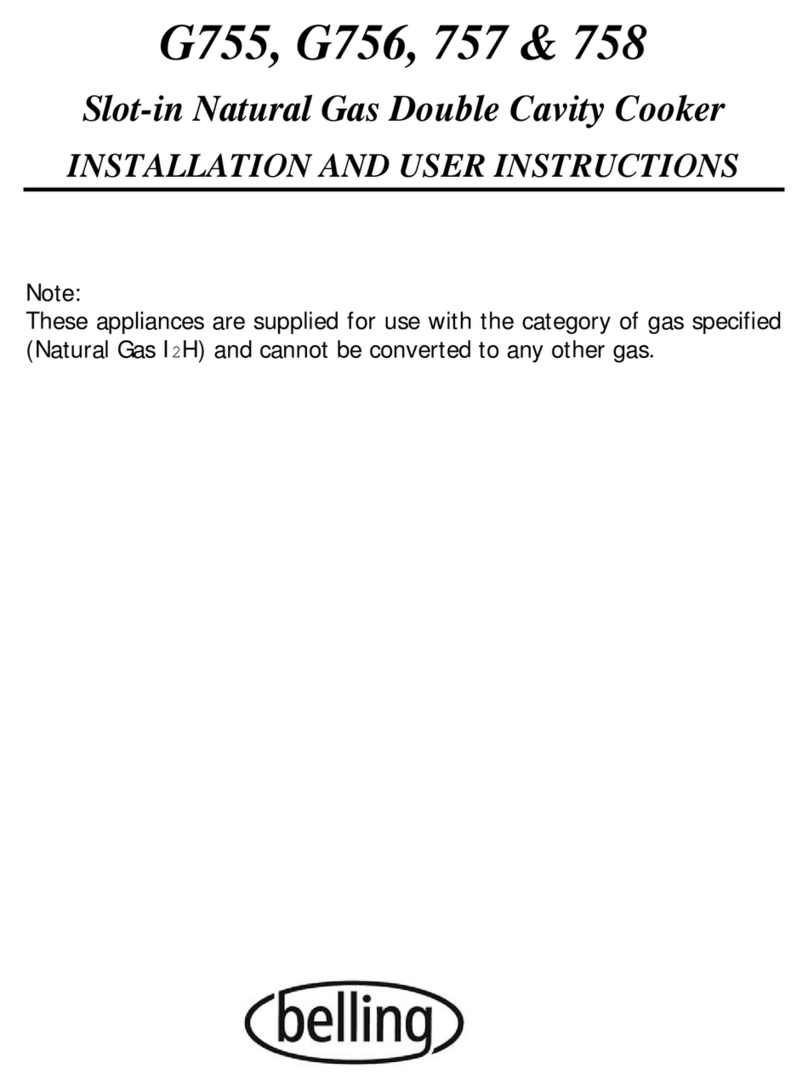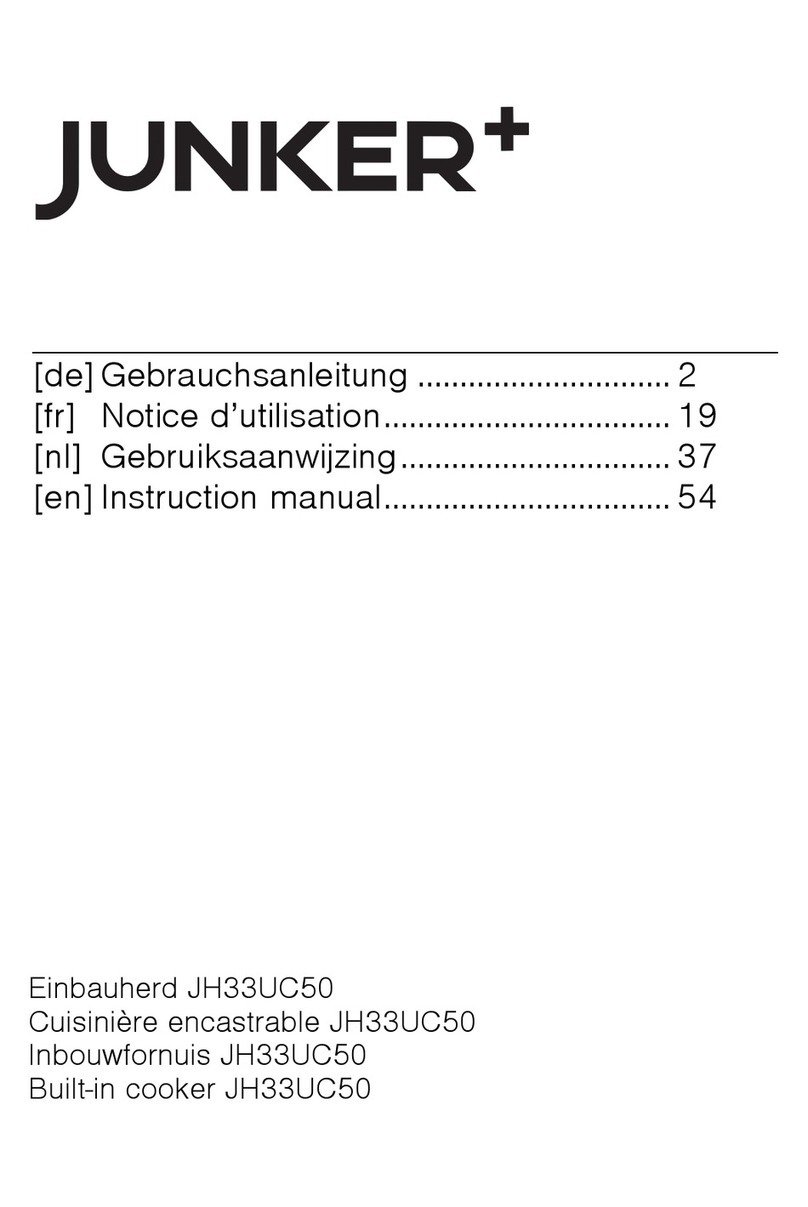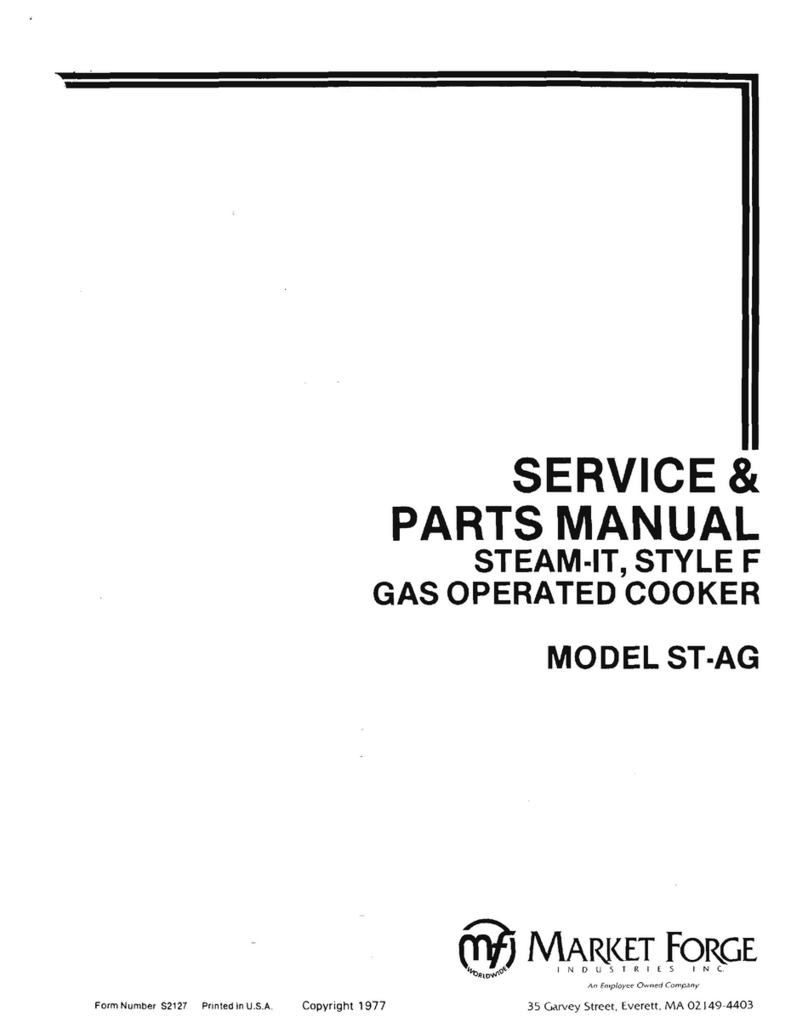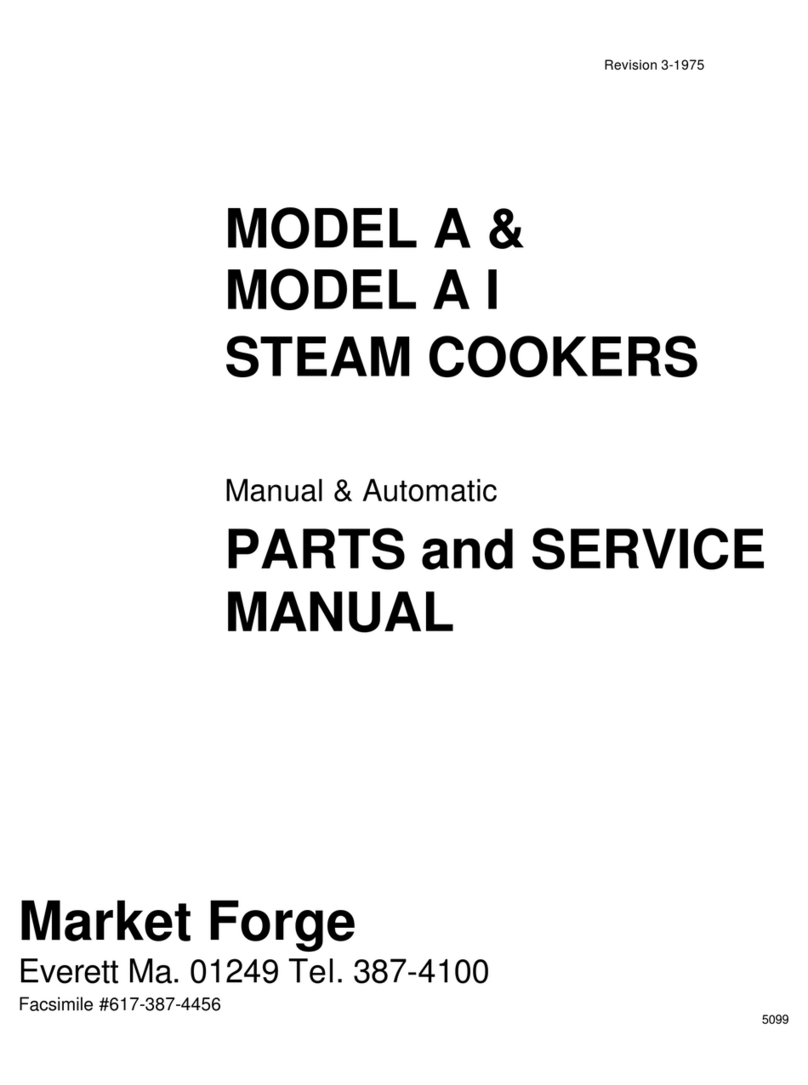
4-1
SECTION 4 PRINCIPLES OF OPERATION
4.1 General
The ST-12 Pressureless Steam Cooker consists of one
cooking compartment in a single cabinet assembly. The
compartment is fitted with an independent electrically
controlled steam circuit and spring-loaded, self-sealing
door with a slam action latch. The compartment can be
used for either constant steam or 60-minute timing. The
principles of operation in this section include an
explanation of steam, steam condensing, and electrical
circuits and their functioning.
4.2 Plumbing Circuits
The plumbing circuit consists of the piping, steam solenoid
valve, steam jet-pipe, drain, and cold water condenser
required to provide controlled steam application to the
cooking compartments. A simplified diagram of this circuit
is shown in Figure 4-1.
NOTE:
Figure 4-1 is strictly a pictorial schematic diagram and is
not intended to show the actual configuration of the
plumbing. All components are shown in correct
relationship with each other. However, the diagram does
not show their actual locations or position within the
cooker.
As shown in the diagram, steam inlet and exhaust
connections are connected at the factory directly into a
steam boiler or direct-connected steam plumbing enclosed
within the base cabinet on which the cooker is mounted.
The boiler (or direct-connected steam control system) is
equipped to supply constant, regulated steam at
14–15 PSI. Steam exhaust, having been reduced to water
by the cold water condenser, is directed into the boiler (or
direct-connected steam control) drain system.
Steam inlet lines for the compartment are equipped with a
normally closed solenoid valve operated by the electrical
control circuit. The inlet valve is opened whenever the
compartment control circuit is activated by use of the 60-
minute timer.
4.2.1 Steam Inlet Line
A steam supply line is plumbed from the boiler output (or
direct-connected steam control) to a 1/2-inch barb fitting
connected to the input sides of the steam inlet solenoid
valve. When a cooking compartment is not in use, the
valve for the compartment remains closed to prevent
steam from entering. During operation, the appropriate
inlet solenoid valve is opened by activation of the control
circuit.
Steam is projected onto the surface of pans of food loaded
into the compartment by an orifice located inside the
compartment. Steam continues to flow through the
compartment in this manner until the control circuit closes
the solenoid valve.
4.2.2 Steam Exhaust and Drain Lines
Perforated strainers at the drain line opening inside the
compartment allow only steam, condensation, and liquid
cooking drainage to enter. Prior to discharge into the boiler
drain system, steam is converted to water by the cold
water condensing system for the compartment.
4.2.3 Steam Exhaust Condensing System
The steam condensing system consists of a, two-position,
normally closed cold water solenoid valve, with outlet
sides connected into the exhaust plumbing for each
cooking compartment. A spray nozzle directs cold water
about the inside of the drain lines to increase cold water
contact with exhausted steam. Valve inlet side is
connected remote from the supply line of the steam boiler
(or direct-connected steam plumbing). The valve responds
to a thermostatic switch located inside the compartment.
When the timer starts the cold water solenoids will
energize.
4.3 Electrical Circuits
The electrical circuits of the cooker control the power to
activate timer motors and energize solenoid-operated
valves and circuits, which in turn control application of
steam to the cooking compartment and condensation of
steam from the exhaust line. The cooker operates on
120V, 2 amp, 60Hz electrical service connected to all
circuits from the circuits of the steam boiler (or direct-
connected steam controls) contained within the cabinet on
which the cooker is mounted. Power is supplied to the
control circuit at all times when the shut-off device (Circuit
Breaker) for the unit (installed by an certified Electrician) is
in the ON position.
4.3.1 Control Circuit Components
A brief description of the electrical circuit elements follows.
4.3.1.1 60 Minute Timer/Constant Steam
The timer contains a 120-volt AC synchronous motor that
drives a timing dial through a gear reduction and clutch
mechanism. The timer dial is manually set for any interval
of operation from 0 to 60 minutes or constant steam as
read on the calibrated dial face. The manual rotation of the
dial moves the common element (1) of the timer switch
from the neutral (OFF) position to contact (3), which
connects with the steam inlet solenoid valve operating
circuit.
The cooker is placed into automatic operation with the
setting of the timer dial. Its timing cycle, however, is
automatically delayed by a thermostatic switch, which
assures operating temperature is achieved before the
timer motor begins to “time out.”





















